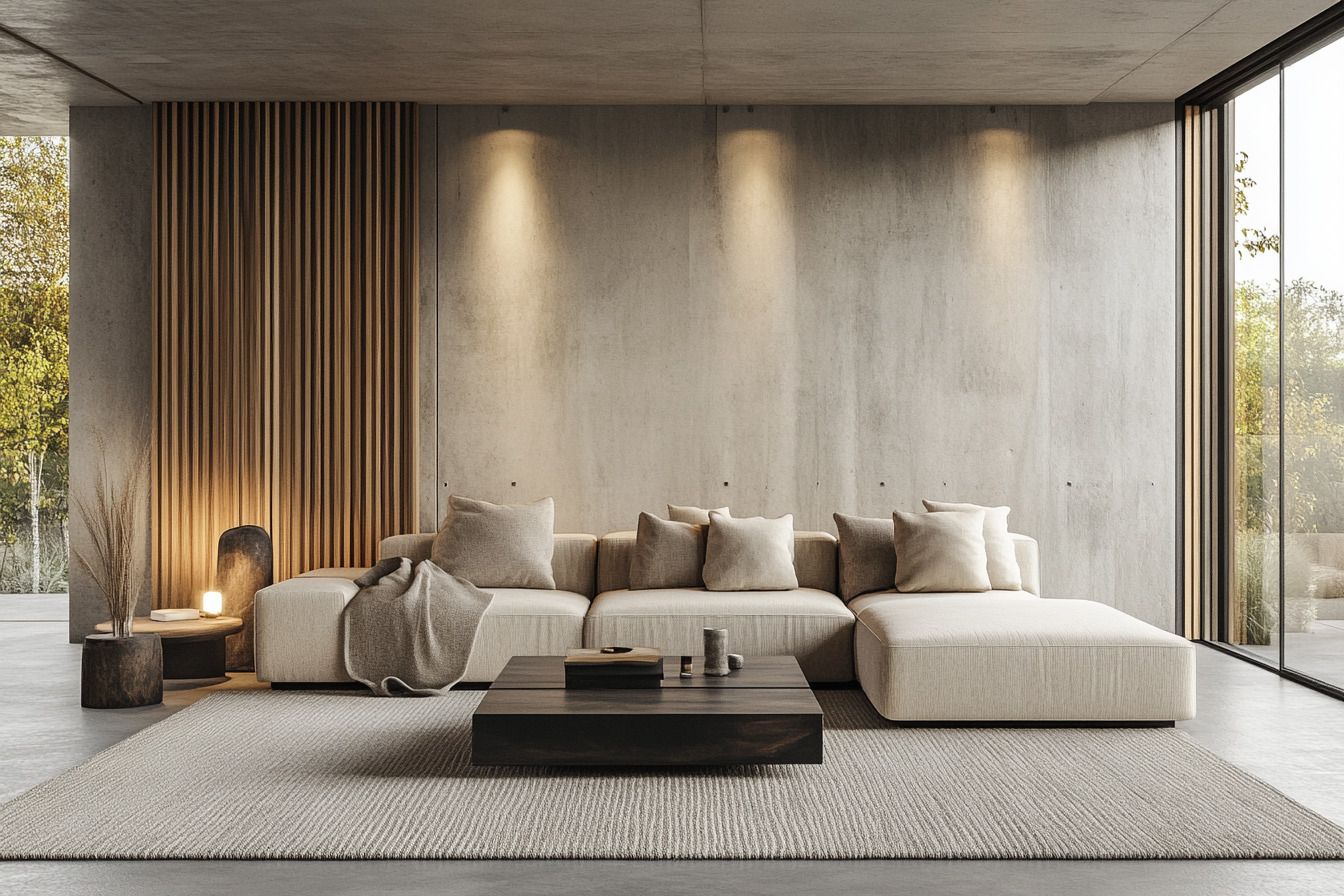
the role of natural materials in modern minimalism
Modern minimalism is characterized by clean lines, uncluttered spaces, and a focus on functionality. However, this design approach can sometimes feel stark or impersonal. Incorporating natural materials into modern minimalist interiors brings warmth, texture, and a sense of connection to nature, transforming these spaces into inviting sanctuaries. Let's explore how natural materials play a pivotal role in modern minimalist design.
Enhancing Aesthetic Appeal
Natural materials such as wood, stone, and linen offer an organic beauty that synthetic materials often lack. Their inherent textures and grains add subtle patterns, enhancing the visual interest of minimalist interiors without overwhelming the space.
- Example: A wooden dining table with visible grain patterns can serve as a focal point in a minimalist dining room, providing a touch of nature’s artistry.
Creating a Sense of Warmth
One of the main challenges of minimalist design is avoiding a cold or sterile ambiance. Natural materials counteract this by introducing warmth and comfort. Wood, in particular, is renowned for making a space feel inviting and cozy.
- Example: Incorporating wooden flooring, ceiling beams, or furniture can transform a minimalist room into a warm and welcoming environment.
Promoting Sustainability
Natural materials align with sustainable design principles. Many are renewable, biodegradable, and have a lower environmental impact compared to synthetic alternatives. Choosing eco-friendly materials is a conscious step towards sustainable living.
- Example: Bamboo flooring and reclaimed wood furniture are eco-friendly choices that support sustainability while enhancing the minimalist aesthetic.
Providing Durability and Longevity
Natural materials often boast superior durability and longevity. Stone, for instance, is incredibly resilient and can withstand heavy use, making it ideal for high-traffic areas like kitchens and bathrooms.
- Example: Stone countertops not only add a sleek, modern look but also ensure a durable surface that will last for years, combining functionality with aesthetic appeal.
Adding Texture and Depth
The textures of natural materials introduce depth and dimension to minimalist interiors. Layering different textures is essential for creating a rich, tactile experience within a simple, uncluttered space.
- Example: A mix of wool throws, linen cushions, and a jute rug can add layers of texture to a minimalist living room, enhancing its visual and tactile appeal.
Connecting Interiors to Nature
Natural materials help bridge the gap between indoor and outdoor spaces, fostering a connection to nature. This connection is central to biophilic design, which aims to bring natural elements into the built environment.
- Example: Large wooden windows or stone patios that extend from the interior create a seamless transition between indoor and outdoor spaces, promoting a sense of harmony with nature.
Natural materials play a crucial role in modern minimalist design by enhancing aesthetic appeal, adding warmth, promoting sustainability, providing durability, introducing texture, and connecting interiors to nature. By thoughtfully incorporating these materials, you can create minimalist spaces that are not only visually appealing but also warm, sustainable, and enduring.
Embrace the beauty and functionality of natural materials to transform your minimalist interiors into inviting, eco-friendly sanctuaries. Whether through wooden furniture, stone accents, or linen textiles, the inclusion of natural elements will bring your space to life, creating a harmonious blend of simplicity and comfort.
All Rights Reserved | Studio Black & Tan
All Rights Reserved | Studio Black & Tan
All Rights Reserved | Studio Black & Tan
